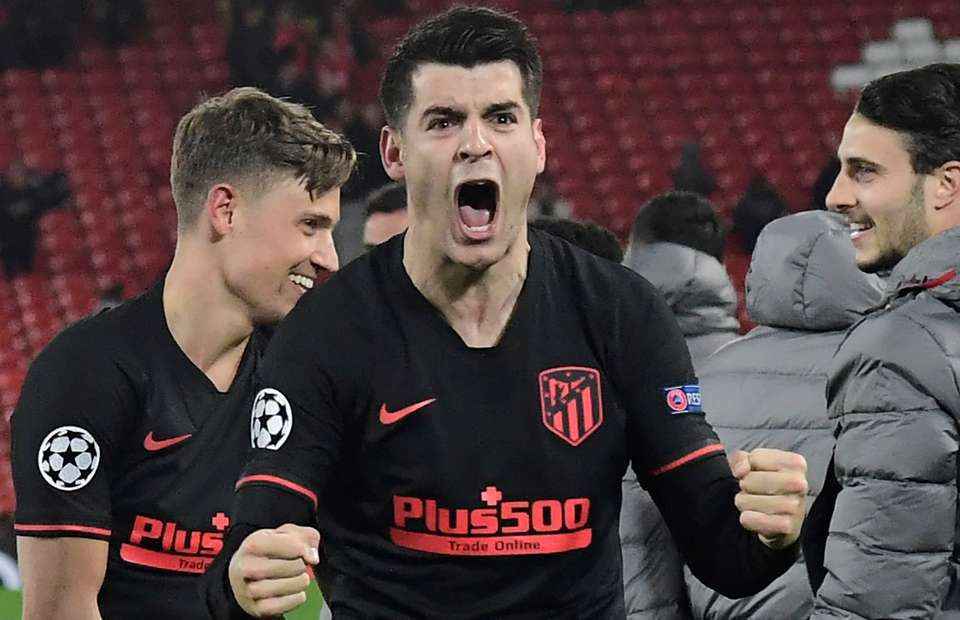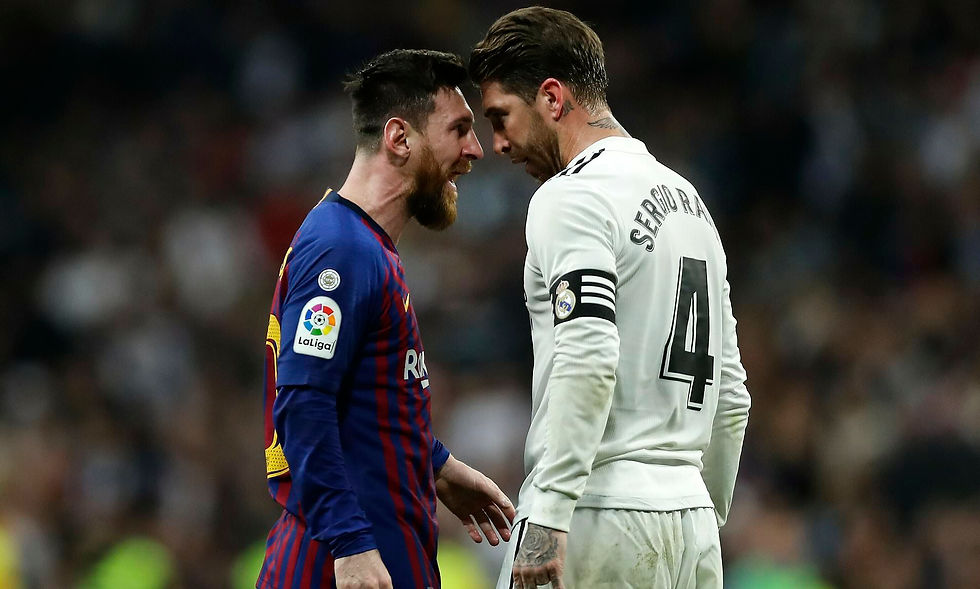el COVID-Clásico: Madrid & Barça versus the Coronavirus
- James Bowen
- Oct 23, 2020
- 3 min read

Lionel Messi (right) consoles Thibaut Courtois (left) after an injury.
Whether you’re a die-hard football fan or a casual bystander, tomorrow, the world stops for 90 minutes to watch the biggest game in club football—El Clásico Español, a game between Spain’s juggernauts, Real Madrid and FC Barcelona. Only this year, the Nou Camp won’t be rocking. The 99,000 fans and electric atmosphere will have to chant from home.
For the first time in football history, the bitter rivals will be played in an empty stadium. In fact, much of last season was done so. FC Barcelona, who play in the largest venue in the world, won’t admit a single fan into the stadium.
The World Health Organization (WHO) released a statement on April 14, 2020, in regards to mass gatherings. Alongside the Centers for Disease (CDC) protocol of social distancing, and wearing masks, led to the canceling of season-ticket holders across not only Spain-but all of Europe.
The last game of the season played under some-what resemblant conditions of a stadium atmosphere was Liverpool against Atlético Madrid, on March 11. An attendance of 52,267 fans filled the stadium. But empty patches were spread through the stands—early tell-tale signs of social distancing measures were being taken by UEFA and FIFA, two huge football governing bodies.

Alvaro Morata celebrates his go-ahead goal against Liverpool in the UEFA Champions. [GettyImages]
Historically, this year was the first time that a UEFA Champions League final was played without fans. The Merseyside derby, Battle of Manchester, and other fixtures had been played in an empty stadium, but never El Clásico.

Lionel Messi (center) confronts Sergio Ramos (right) on March 2, 2019. [AS Marca]
Nevertheless, with or without fans, tempers on the field will be as fierce as ever. Tomorrow, there will be no comradery. “When you’re on the field, there are no friends,” said Tatum Kauka, a forward for the Stony Brook Women’s soccer team. She has been playing soccer since age four and can attest to this kind of rivalry.
On the professional level, where players make their livelihood off of results, the tensions are even greater. None more so than when El Clásico peaked: during the Lionel Messi versus Cristiano Ronaldo era.
GOATs
During this age, Real Madrid and Barcelona fought for league titles and fed off of each other’s greatness to push each other, as institutes, and their top scorers, to newer levels. The heights Messi and Ronaldo reached, from 2009 to 2018, were large contributing factors to the rise in the notoriety of El Clásico as a global event.

Lionel Messi (left) celebrates his hattrick penalty against Real Madrid as Cristiano Ronaldo (right) looks in disdain. [GettyImages]
In 2014, El Clásico was seen by over 650 million people. The two teams generate more revenue than 14 countries, as depicted in the graphic below:

Breakdown of the finances of Real Madrid and Barcelona compared to countries. [Marca]
However, despite the decline in revenue in recent years due to the departure of Cristiano Ronaldo, the most influential athlete on social media and a major attraction to the global game, El Clasico is still the biggest football game—twice a year.
Who will win this time around? Well, the current standings see Real Madrid sitting in third place, with 10 points, while Barcelona has 7. A home win for the Catalans would see them level with their Merengue rivals. But with both teams sitting level on all-time wins, who will break the deadlock to socially distance themselves from one another? We’ll have to wait and find out!

All-time head to head in El Clasico, since 1902. [Source: Fox]








Comments